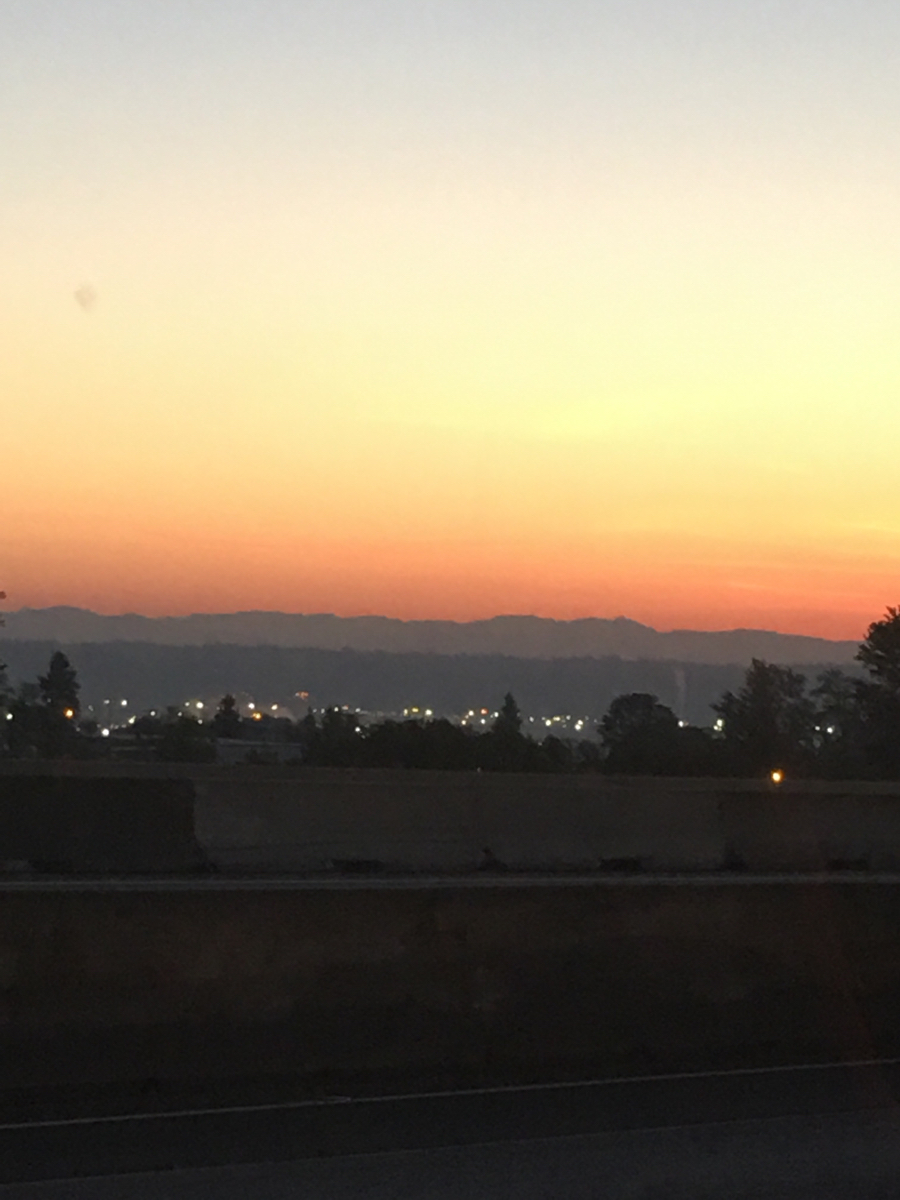Information
-
Employee/Department
-
Site
-
Audit Start Date and Time
-
Auditor
ATA Daily Inspections
-
ATA Inspection should be completed prior to conducting the check-ride. The Fueler shall perform all task below (if applicable)
Fueling Equipment Inspections
-
Inspections
Equipment
-
Equipment type
-
Equipment #
General Condition Insepction
-
Checked for Damages
-
Inspected for Leaks
-
Checked Tire Condition
Perform Interlock Checks
-
Nozzle Coupler Interlock
-
Pit Coupler Interlock
-
Lift Deck Nozzle Coupler Interlock
-
Lift Deck Interlock
-
Overwing Nozzle Interlock (Tanker)
-
Bottom-Load Interlock (Tanker)
-
Lift Deck Railings (Tanker)
-
Bottom-Load Interlock (Tanker)
-
Pump Engage Interlock (Tanker)
-
Interlock Override sealed
Gauge Inspections
-
Nozzle pressure (Understand max psi and policies)
-
Differential Gauge (Understands purpose and max psi)
-
Checked Accumulator tank is set to correct psi
-
Checked Surge tank is set to correct psi
Deadman Inspection
-
Ensure Deadman Functions
-
Checked Cable or Cord for damages
-
Operates the deadman reel
Bonding Cable Inspection
-
Pulls out Bonding cable to inspect condition
-
Checked the Bonding clamp condition and function
Equipment Tanks Inspections
-
Product Relief Tank (Sump Tank) inspected
-
All Air Tanks Drained
Fire Extinguisher Inspection
-
Ensured B/C Fire extinguishers are installed on his unit
-
Checked Fire extinguisher condition for corrosion
-
Checked Fire extinguisher Monthly/Annual inspection current
-
Checked Fire extinguisher seal and gauge readable
Lift Deck Inspection
-
Inspected Lift Platform condition
-
Checked Platform door closes by itself to prevent personnel from falling
-
Checked Lift function properly
-
Ensure Emergency lift release functions
-
Checked Wing Protectors are operational
Hose/Nozzle/Swivel Inspection
Underwing Nozzles
-
Inspected nozzle casing for damages
-
Ensure Swivel has safety seal
-
Checked for Dust cap
-
Inspected Nose Seal
-
Conducted same inspection on Underwing Nozzles on Lift Deck?
Pit Coupler
-
Inspected nozzle casing for damages
-
Ensure Swivel has safety seal
-
Checked for Dust cap
-
Inspected Nose Seal
Overwing Nozzles
-
Inspected nozzle casing for damages
-
Checked for Dust cap
Hoses
-
Inspected Jack Risers hose condition
-
Inspected Nozzle hose condition
-
Inspected Pit Coupler condition
-
Inspected Lift Deck nozzle hoses condition
-
Inspected Overwing Hose
Electrical
-
Cleaned Solar Panel
-
Inspected Solar Panel for damages
-
Checked Vehicle lighting
-
Checked Horn operation
-
Ensure Back-up alarm operates
Tanker
-
Checked Trough drains are not clogged
-
Ensures Pre-check properly operates
Quality Control Check
-
Performed a Filter Sump Clear and Bright test
-
Performed a Tanker Sump Clear and Bright test
Additional Comments
-
Additional Comments
Fueling Procedure
Fueling Operations
-
Fueling Operation
General Information
-
Carrier
-
Gate
-
Equipment type
-
Equipment #
AGENT SAFETY & APPEARANCE
-
Uniform correct and presentable
-
Safety Vest worn
-
Wearing hearing protection
-
Wearing gloves when handling hoses and equipment
-
Lifting technique (back straight, bend knees, don't jerk)
-
Climbing ladders & in/out trucks (all handrails, proper direction )
-
Hydrant pit connection (cautious with lid, down on one knee)
PRE-OPERATING (MOTORIZED EQUIPMENT)
-
Equipment clean / presentable and labeled properly
-
Equipment inspected prior to use
-
Operational check of interlock system
EQUIPMENT ARRIVAL
-
Interlock override sealed prior to use
-
Vehicle driven safely / proper speeds
-
Completed 50 & 10 foot safety stops
-
Aircraft chocked before approaching with vehicle
-
Block-out procedure used if area is too congested
-
Guideperson used if tight area, backing, or obscured
-
Safe approach to "Circle/Diamond of Safety"
-
Equipment never closer than 6 feet from A/C
-
E-Brake engaged before exiting vehicle
-
Vehicle chocked on passenger side / door closed
PRE-FUELING PROCESS
-
A/C Reg. number Confirmed by Fueler before servicing
-
Bonded in proper order and to proper location on AC
-
Followed proper connection/manual handling procedures
-
Safety cone or flag used on hydrant coupling pit
-
Ladder inspected prior to use
-
Properly positioned ladder / lift deck
-
Panel Flag used
-
Vehicle inspection form completed & displayed in unit
FUELING PROCESS
-
Properly handled deadman, including "Set Down/Disconnect"
-
Fueler Monitored panel, vents, and gauges
-
Stopped fueling if motorized GSE parked under vent
-
Hydrant pit checked free of liquid and rubbish
-
Checked and documented Nozzle & Diff. Pressure & GPM
-
Correct fuel distribution + calculated fuel add performed
-
No leaks observed from any fueling equipment
POST-FUELING PROCESS
-
Followed proper disconnect/manual handling procedures
-
Returned fuel hoses, deadman & bonding clamp w/out dragging
-
Aircraft fuel cap returned, valves closed and panel closed correctly
-
Returned equipment, dust caps, pit valve dust covers, and pit lids
-
Paperwork completed, distributed and logged
-
Operator stayed with equipment while connected to aircraft
EQUIPMENT DEPARTURE
-
Completed pre-departure walk around (all the way around vehicle)
-
Guideperson used if tight area, backing, or obscured
-
Zero 'FOD' produced or allowed to remain in fueling area/vehicle
Additional Knowledge
-
Knowledge of Basic "No Flow Trouble shooting" (Check connections/EFSO/Sump Tanks)
-
Knowledge of "Plane Fuel Tank Imbalance Procedures"
-
Knowledge of Swissport and local procedures regarding a Fuel Spill
-
Knwoledge on how to properly depressurize fueling equipment
-
Knowledge of Interlock Override Procedures
COMMENTS
-
All action observed were safe (if "No" marked explain in comment)
-
Additional Comments
Verdict
-
Did this employee pass the necessary Qualifications to fuel in his/her operations
-
Fueler Signature
-
Auditor Signature







